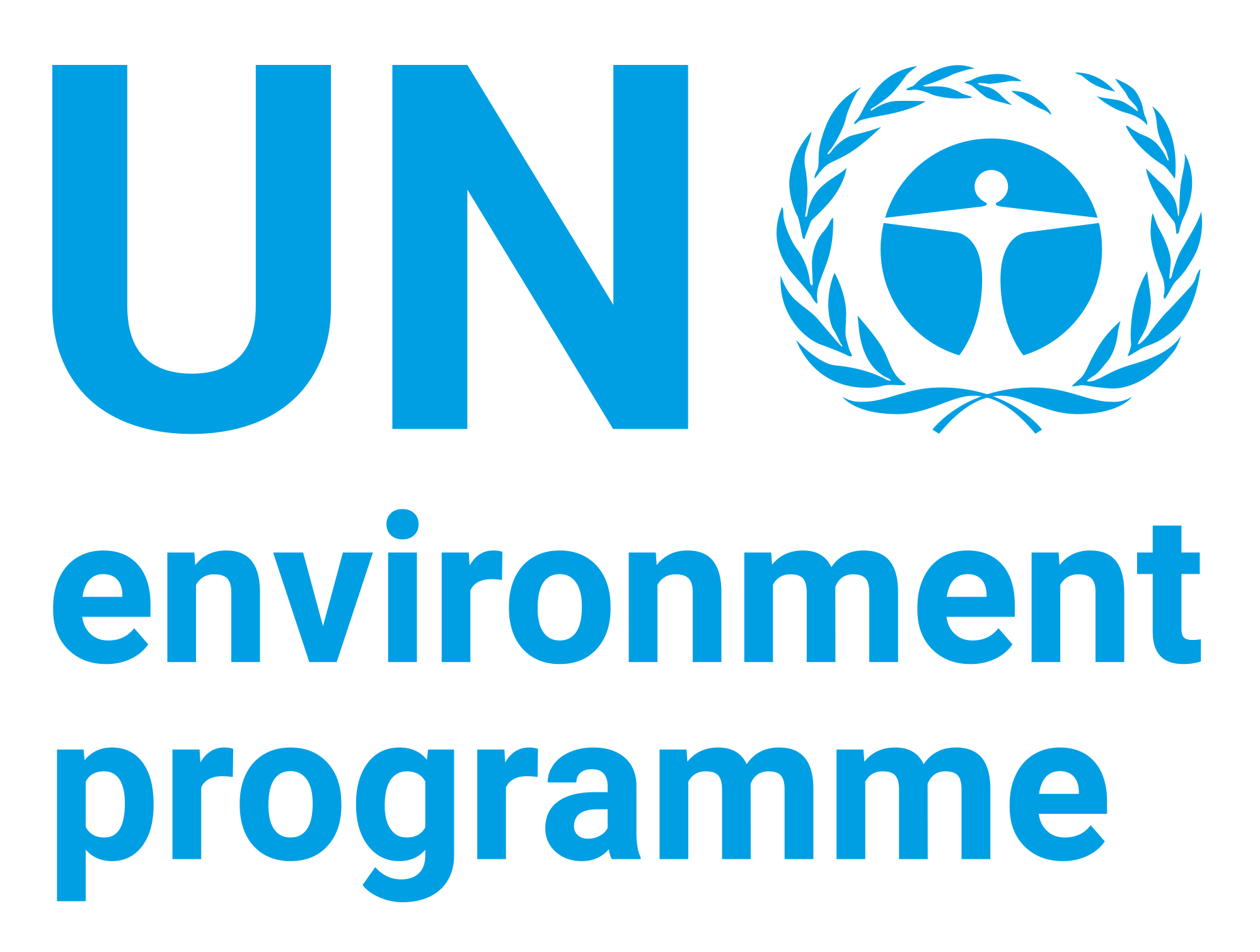Morphological Methods in the Study of Mycotoxins
| dc.contributor | Economy Division | en_US |
| dc.contributor.author | United Nations Environment Programme | en_US |
| dc.contributor.other | Food and Agriculture Organization of the United Nations | en_US |
| dc.contributor.other | Russian Federation | en_US |
| dc.contributor.other | Morozov, I. A. | en_US |
| dc.coverage.spatial | Global | en_US |
| dc.date.accessioned | 2019-04-19T20:27:44Z | |
| dc.date.available | 2019-04-19T20:27:44Z | |
| dc.date.issued | 1985 | |
| dc.identifier.uri | https://wedocs.unep.org/20.500.11822/28022 | |
| dc.description | Morphological methods of research are capable of resolving independent tasks, nevertheless more often than not, they are applied jointly with other (functional) methods. Morphofunctional methods of research allow for a fuller, deeper and more perfect study at all levels of structural organization of intricate biological systems—cells, tissues, organs of animal and nan, both normal and pathologic. These methods include light and electron (transmission and scanning) microscopy, light and electron histochemistry (qualitative and quantitative), immunohistochemistry, ultraviolet, luminescent microscopy, light and electron autoradiography, the method of X-ray structural analysis, the method of stereological analysis of ultrastructures, etc. All these methods are widely applied to scientific studies and to practical pathological anatomy. | en_US |
| dc.format | Text | en_US |
| dc.language | English | en_US |
| dc.rights | Public | en_US |
| dc.subject | toxic substance | en_US |
| dc.subject | chemistry | en_US |
| dc.subject | mycotoxin | en_US |
| dc.title | Morphological Methods in the Study of Mycotoxins | en_US |
| wd.identifier.sdg | SDG 3 - Good Health and Well-being | en_US |
| wd.tags | Pollution | en_US |
| wd.topics | Chemicals and Pollution Action | en_US |
| wd.identifier.pagesnumber | 29 pages | en_US |


